Laurie Kelley
Thank You from Ukraine!
Many readers have asked how they can help families with hemophilia during the terrible situation in Ukraine. No one knew for a while; factor cannot be shipped in and hemophilia families were probably on the move. The Ukraine Hemophilia Society posted that they were holding on and had factor.
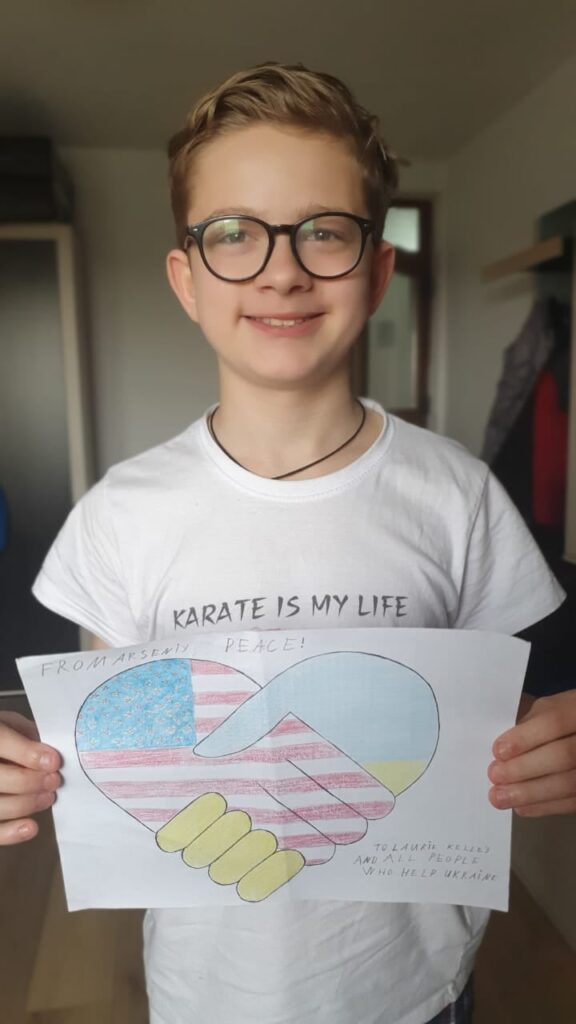
Then we heard from my long-time friend and colleague, Adriana Henderson of North Carolina, formerly of Romania, who operates S.T.A.R. Children Relief, a nonprofit dedicated to helping children in Romania with medical needs. Many years ago Adriana had asked for help for a child with hemophilia in need of surgery and Project SHARE helped. We became friends ever since!
Adriana shared that Daniel, the president of the Romanian Hemophilia Society, had received into his home a refugee family from Ukraine with hemophilia. The Mylyk family left everything behind. Instantly, we knew we could help. I started a GoFundMe, with all proceeds going to S.T.A.R., and then to the family. This past week we heard from the family.
Adriana writes: “Thank you for fundraising for the family from Ukraine who found shelter in Romania. And thank you, Daniel Andrei, for hosting the family. We are sending $2,000 for the upkeep of the family, $1,650 raised by you through your friends. Thank you to all. Their son Arsenii drew this beautiful friendship flag, and below is their letter of thanks to you and your friends.”
“Good afternoon, dear Laurie Kelley! We are the Mylyk family from Ukraine. On February 24, we woke up from explosions outside our window. Taking our smartphone with the news, we realized that the war had begun. It was a terrible and incomparable feeling. We were in hiding for several days and did not understand what to do. Run? And to where? Is there a war in that region? And how to get there? Will we be able to stay in the car in such a cold?
“We were hiding! We hid in a shelter and went into the apartment for just a few minutes. At one point, Chris Bombardier wrote to me and offered to help me with a factor and accommodation with the head of the hemophilia organization in Romania. We thought for a long time because for us it was the first trip abroad, especially in such military conditions. It was painful and hard for us to leave our home and go into the unknown. The only thing we took with us was the remaining factor and 3 jackets. Before that, we were sheltered in western Ukraine by a wonderful woman, whose grandson is also a hemophiliac! Upon arrival in Romania, we were surprised by the kindness and help of Daniel Andrei and his extended family. Wonderful people who gave us everything we needed. Chris Bombardier did not forget us, wrote to me, worried about our health and our move, offered help.
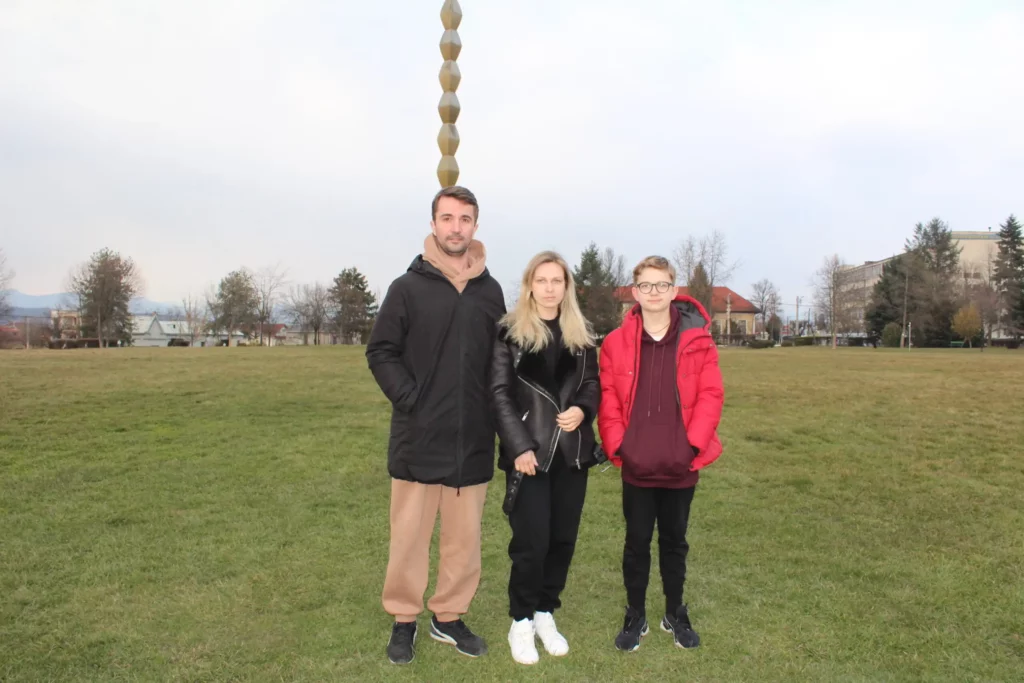
“And one fine day, Daniel came to us with wonderful information that Laurie Kelley from America wants to help us financially, for our needs, and is ready to send us a sum of money to help our son, for transportation costs and paperwork, food and so on. We would very much like to thank you personally, everyone who joined this help and the large family of hemophiliacs, their relatives throughout America and the entire planet. We thank you not only for your personal assistance and initiative, but also for the huge contribution that the United States makes to our victory over Russia. This is very important at such a difficult time for our country. Twelve years ago, hemophilia knocked on our doors with the birth of our son. Yes, this is a complex and serious disorder that requires factor, forces and attention of society and doctors. But this disorder introduced our family to incredibly kind, sympathetic and generous people. These people showed us what great and wonderful things people can do when they believe in God, success and miracles! Let peace come to Ukraine! Thank you very much to the community and family of people who are united by hemophilia!”
Pakistan Patients Test Positive
When the US went through in the 1970s and 80s what is now called the “Hemophilia Holocaust,” up to 10,000 patients with hemophilia died. Donated blood that was infected with HIV and hepatitis C was never tested for viruses back then. Thanks to the advocacy of the patient community, along with the help of some doctors, the nation’s blood supply was destroyed and advanced testing and safety procedures were instituted. This tragedy also led to the creation of recombinant blood-clotting products, that are not made from human plasma. The result is that HIV and hepatitis C are no longer transmitted through blood-clotting products.
So to read that 40% of hemophilia patients tested positive for hepatitis B and C and 2% for HIV during a recent mass screening was both disheartening and shocking. It happened in Karachi, Pakistan, a city I’ve been to many times, specifically to visit the hemophilia patients and advocacy groups. I had thought they had come a long way since my first visit there in 1999. Pakistan has the sixth largest population on earth, and so probably has the sixth largest hemophilia population. These results are shocking.
Even though Pakistan receives donations of recombinant factor from overseas, there just isn’t enough for everyone. Some patients must resort to using cryo from blood banks, and are at risk of contracting blood-borne viruses.
Fortunately, all 242 patients who tested positive were given the first dose of hepatitis B treatment. At least that’s something.
The local advocacy group is requesting the Government of Sindh (of which Karachi is a part) for further testing and to ensure provision of anti-hemophilia injections at Hemophilia Welfare Society-Karachi treatment center.
While the developed countries look forward to more advanced ways to deliver factor VIII, including gene therapy, most hemophilia patients around the world struggle to get any care, whether cryo or recombinant. Each month I ship out little packets of factor to patients in all corners of the earth. It seems a drop i a vast ocean, but at least it’s something. We need to support the national and local advocacy groups worldwide to carry on the fight that we once engaged in, not too long ago.
Tamer’s Story
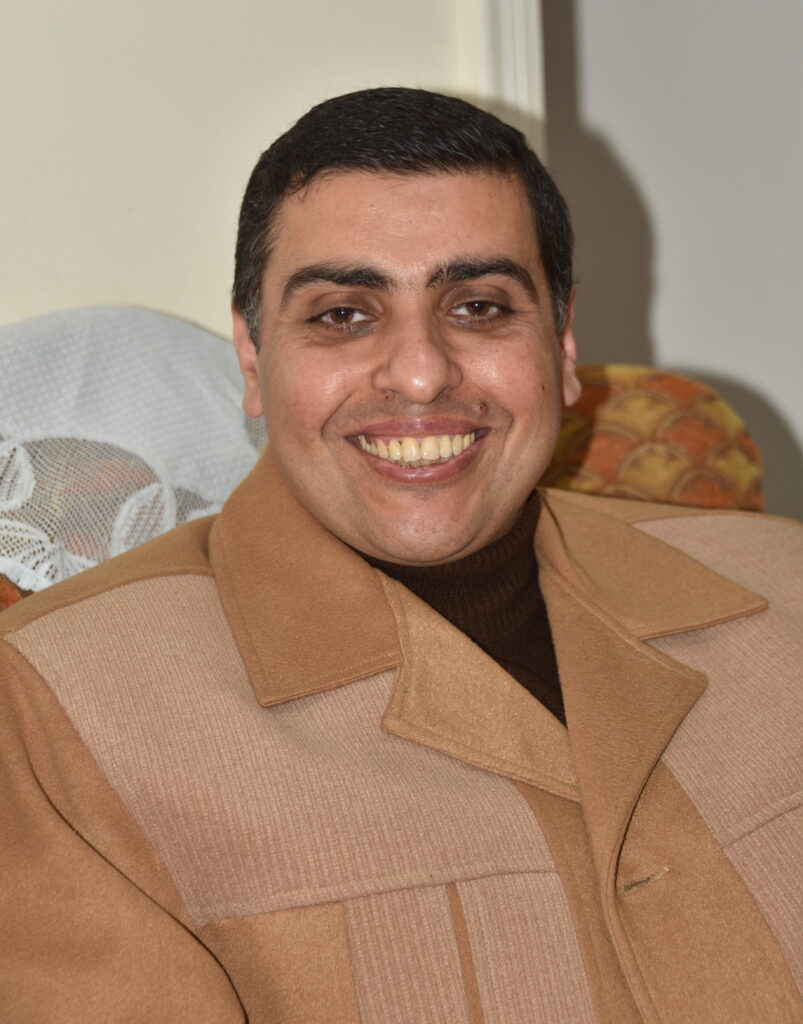
March is Bleeding Disorder Awareness month, and we are celebrating by sharing the stories of those with hemophilia in developing countries. Tamer Hanna is from Egypt, and I just visited him for the first time in our 16 year history. I asked him to share his story, in his words, of growing up with hemophilia in Egypt.
“Hemophilia!” the two young parents exclaimed.
“Yes, it is a lifelong bleeding disorder,” explained the doctor to the young parents. They were dreadfully puzzled while looking at their first child who had just been circumcised, as the doctor stitched the wound to stop the bleed. The parents’ families had no history of hemophilia and they had never heard about such a rare disorder. They left the clinic with little information and a lot of precautions. The two young parents had no idea what effect a bleeding disorder would have on their family’s life or their child’s future. They felt overwhelmed. They both were sure that their life from that day on would never be as usual as the life of any parents.
In Egypt, children with hemophilia received minimal health care and follow-up during the 1970s. That was to be expected: hemophilia care in Egypt started in 1968 and mainly took place in Cairo, the capital, so patients from other cities had to travel to Cairo for treatment. I still remember my father getting up early every Monday at 3 am so he could catch the first public bus to Cairo to buy me just one vial of 150 IU factor VIII. The national governmental company only sold the factor only on Mondays, and would allow only one vial per patient. My father had to travel as early as possible because “the early bird gets the worm.” Many patients couldn’t even find a vial to buy if they reached the center a little late on Mondays— all the vials were sold. And 150 IU was the only assay size available in the governmental center that sold plasma-derived clotting factor.
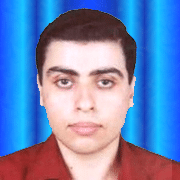
Like most Egyptian hemophilic patients, I spent many years in this dilemma of on-demand treatment strategy. Due to cost and resource constraints of plasma-derived clotting factor, I used cryoprecipitate to manage my bleeding episodes. I also used fresh frozen plasma, although it wasn’t an effective way of treatment. I even used basic first aid treatment like RICE when there was not treatment available on time.
Not getting a proper treatment on time led to a lot of bad side effects. Like most hemophilic patients in developing countries, I am suffering from the most common complications, such as weak muscles, stiffness and limited range of motion in most of my joints.
But the severest complication happened to me when I was 24 years old. A fracture in my left leg and the lack of enough factor to have surgery caused a disaster. In March 2001, I was able to come to the United States, to Tennessee, where an Egyptian hematologist named Dr. Wahid recommended amputation above the knee. I returned home to Egypt a year later with no left leg and a prosthetic. It’s the same prosthetic I have this very day. It was frustrating and devastating for a young man to lose his leg when he was still planning for his future, but the glass-is-half-full part was that I learned a lot and I have met wonderful, helpful, philanthropic people in the US. Also, I learned to use the computer and the internet. I have been taught to cope and adapt to the new circumstances. Knowing how to surf the internet was the step that enabled me to get in touch with the person who has changed my life from misery to happiness for years so far.

I have heard the name of “Laurie Kelley” when I was in the US, so the first thing I did when I returned to Egypt was to google her name. I started to read a lot about her projects. I thought she was an incredible special person to do all these services for people she hardly knew. I wrote a simple email asking for her help with medicine, then I crossed my finger for a reply. Surprisingly, she replied much quicker than I thought. For more than 17 years we have been writing emails. I can’t recall how many times she donated factor to me, but I believe she did it welcomely tens of times. These 17 past years were the best period in my life. It is a blessing to find a vial of factor in your fridge when you badly need it. I didn’t have this privilege before knowing Laurie.
These past 17 years were the period of flourishing and success. I got married and had two children; I accomplished my master degree in psychology; I worked without taking long days off; I have supported my family financially and I was psychologically stable and safe about the future.
Meeting her here in Egypt in February 2022 was culmination for a long friendship and support relation. Years before, she promised to visit me, and she always keeps her promises. Meeting her for the first time after exchanging emails for 17 years was a remarkable day. She promised to come again and I am sure she will do it when she has the time. Before Project SHARE, I spent night after night in pain, and month after month bedridden. Now, I am much better and safer because of this wonderful pioneer humanitarian person who believed in her abilities and started a humanitarian project served the bleeding disorders community worldwide since 1989.
I was helped once I asked for her help, but there are thousands of Egyptian hemophilic patients who need help too. After 40 years, there are 20 hemophilia treatment centers in Egypt and the Egyptian Society of Hemophilia (ESH) was founded to help with increasing awareness and improving care and empowering people with inherited bleeding disorders. Even still, there is much to be done and we need the help of everyone on this earth to save more lives. It is heartbreaking to read about the death of a human being because the lack of proper amount of factor to stop his bleed. There is a great gap between the number of patients and the available amount of medicine in many developing countries. The government is trying to improve health care; the budget allocated to care and treatment for inherited bleeding disorders is progressively increasing but we are still on the first step of a long road. Thank you, Laurie, and thanks to everyone who has donated factor to Project SHARE. With everyone’s help and Laurie’s zeal, the dream to save thousands of lives is achievable one day.
Hemophilia in Tanzania: Meet Hepson
March is Bleeding Disorders Awareness Month, when we highlight the struggles and triumphs of those with bleeding disorders like hemophilia and von Willebrand disease. Many of the stories you’ll read are based in the US. But this month, I’d like to highlight stories from developing countries. While we all struggle with bleeding disorders, those in developing countries have special challenges.
Tanzania is the most populous country in East Africa, with an estimated 62 million people, the 24th most populous country on Earth. Its population is 77% literate, with a low unemployment rate. Infectious disease is a high concern here. The average monthly wage is $157. The national anthem? “Mungu ibariki Afrika”—God Bless Africa.
Meet Hepson A. Minja, from Tanzania
I was born on August 28, 1962, the last in a family of four children. I was born in Tanzania, in the Kilimanjaro region of rural Moshi. My parents were small scale farmer’s, farming the land and selling our produce.
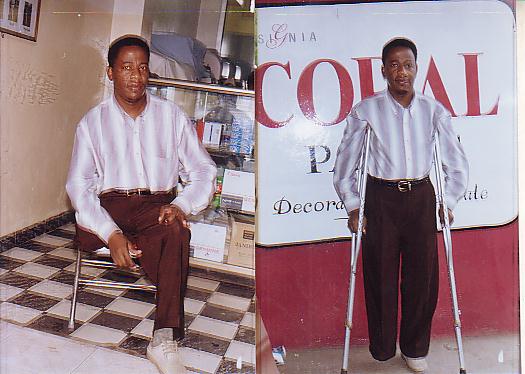
I started having problems with my blood when I was three years old, but nobody knew what the problem really was. When I was seven years old, my legs and other body parts began to hurt and my parents still had no idea what the problem was. My pain and swelling made me start my primary education very late compared to all the other kids in my village. My family struggled to find out what was really happening to me, so they took me to a witch doctor. But still, no one knew what the problem was .
In 1973 my parents took me to Nairobi, Kenya , to Kenyatta Hospital, where I was diagnosed with hemophilia. At that time there was no medication for hemophilia there, and due to poor record keeping, my medical records, diagnosis and visits were all forgotten.
In 1980, when I was 18, I was circumcised. I lost a lot of blood which required me to be hospitalized for two months for regular blood transfusions. The doctors in Tanzania didn’t know what the problem was but I eventually got better.
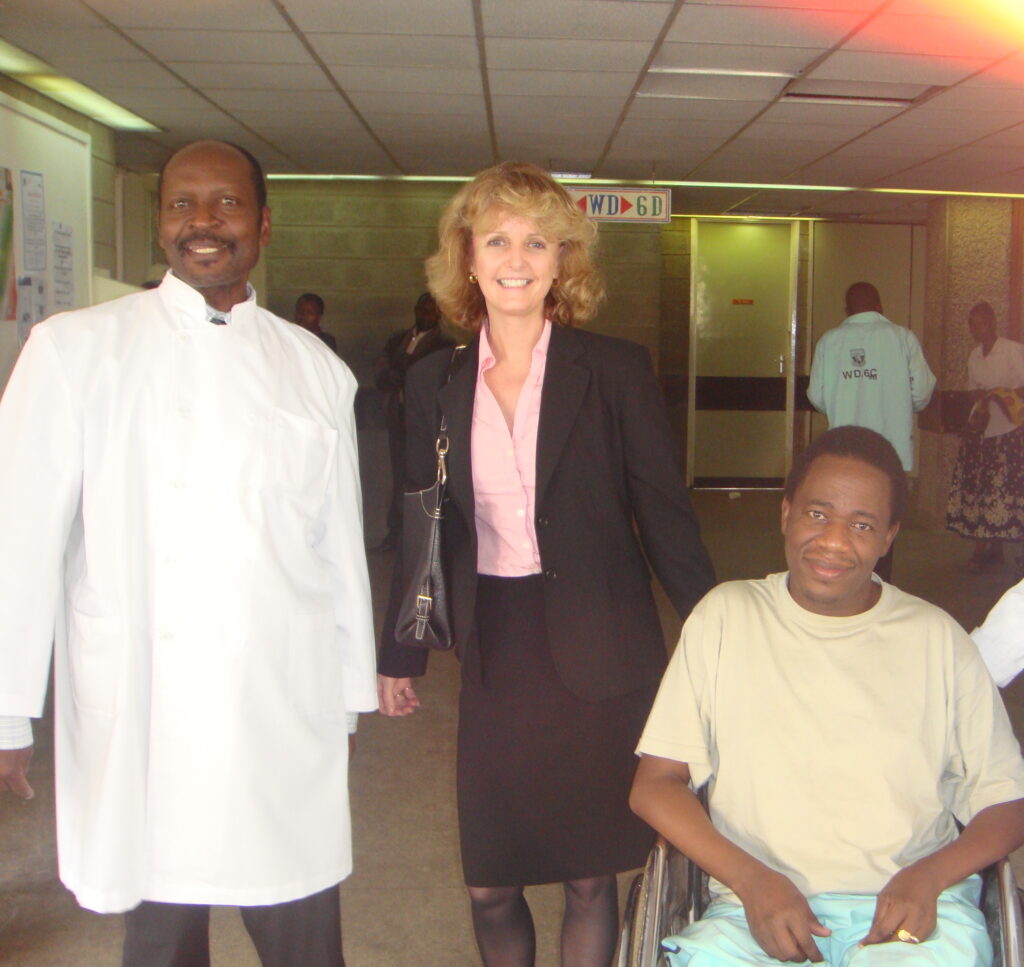
In 2005, at age 43, I fell and broke my right leg. The internal bleeding caused my leg to swell; to avoid infection and gangrene, the doctors suggested that my leg be amputated. The amputated it and failed to understand why my blood did not stop coming out! I had to stay in the hospital for four months for regular blood transfusions.
Things changed in 2006. My brother Richard, who was educated, got in touch with Laurie Kelley on the internet and they started communicating on the best possible way to help me. Laurie suggested I go to Nairobi to visit Professor Mwanda, who headed the hematology department at Kenyatta Hospital. He diagnosed me with hemophilia A, and prescribed factor FVIII. I returned back home and continued with my regular job as a TV and radio repair man with only one leg.
In late 2007, I fell down again and broke my second leg. I was at the regional hospital for a month and that was when the first factor from Laurie arrived. But the local doctors at that time had no idea how to infuse factor VIII, so I was discharged , and sent to Nairobi to visit Professor Mwanda again. I was at the hospital again for four months, where Laurie Kelley came to visit me, as well as Dr. Assad Hafar of the World Federation Federation of Hemophilia.
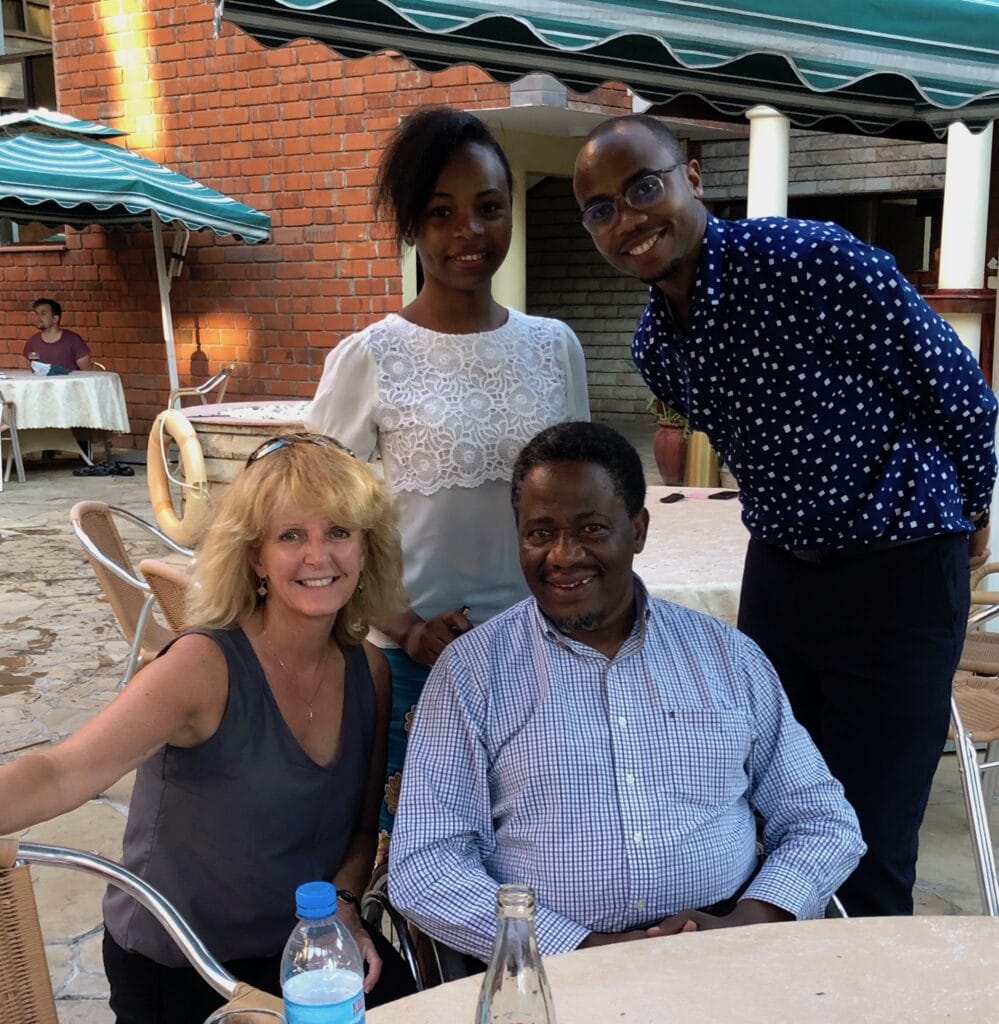
I was the first person in Tanzania to be successfully diagnosed with hemophilia but there was no factor VIII at the time. With Laurie’s help, my brother Richard and our doctors in Dar es-Salaam, the capital, founded the Tanzania Hemophilia Society, to help everyone in the country with hemophilia. Richard and his team facilitated trainings for medical personnel, and received an outreach grant from the Novo Nordisk Hemophilia Foundation, to try to identify more people with hemophilia in Tanzania. Based on our population, we could have up to 3,000 patients! But I was the first identified.
I personally would like to thank Laurie for her never-ending support to me and to people with my condition. She saved my life in more ways than one. Sometimes it is hard for me to believe that I am 60 years old now. I’ve spent a lot of time in hospital beds and I could never set aside a retirement plan for me and my family up until now. I still have two kids that depend on me financially. But I can work, and will work hard for their future.
For anyone who would like to help Hepson and his family, contact Laurie Kelley or write directly to Hepson.


